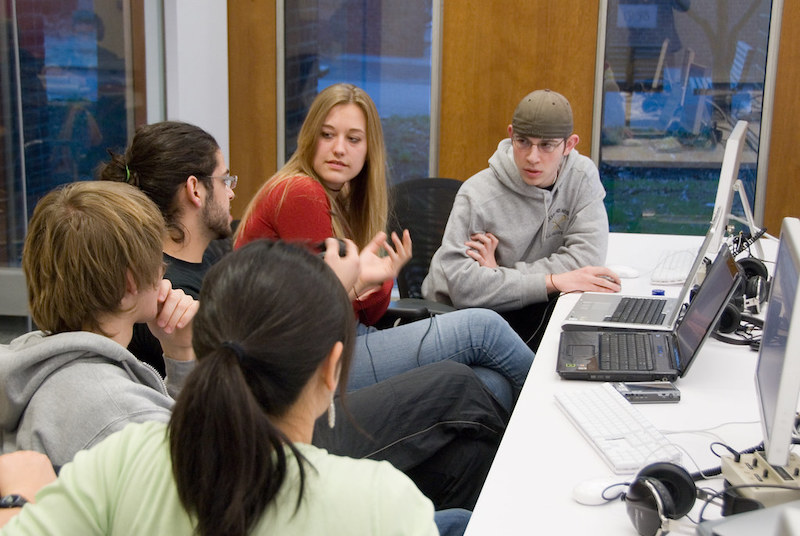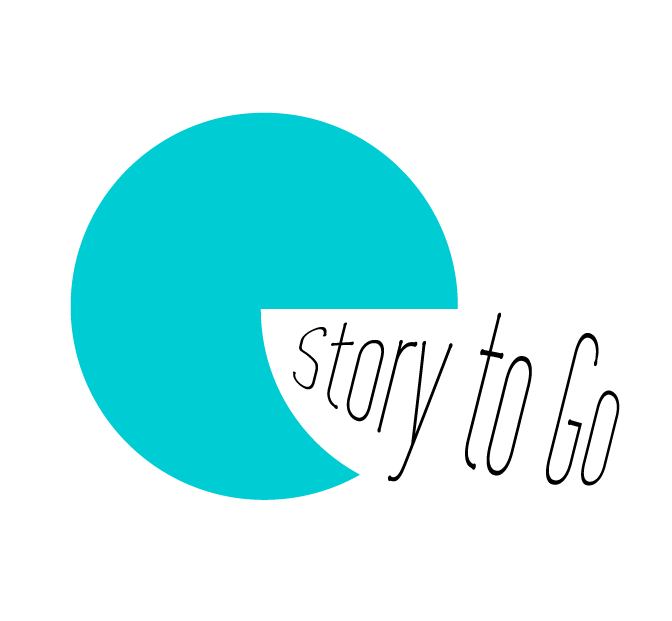Planning for an Episode
Now that you have a concept, you are ready to start preparing for your podcast. It’s important to note that just because a podcast is casual in tone, it doesn’t mean that your planning should be.
Format and Style
One of the first decisions you will make is the format of your podcast. Podcasts can be conversational, interview-based, or a mix of both, usually with a host and/or a narrator. The choice you make will determine the style of your podcast.
It is important to remember that “podcasts are listened to from the beginning, as opposed to someone dipping in partway as they might for a radio programme. This allows you to tell more complex stories” (BBC, 2021). Always be aware of your driving question and the story you want to tell. Next, think about the audience you hope to reach (it can’t be everybody). Having a specific and clear audience will help you speak their language and create a community feeling that is a hallmark of podcasts.
You may choose to have your podcast in a controlled setting such as a studio, or you may choose to record your podcast live with spontaneous interviews in a public setting (known as Vox Pop). You can learn more about this style of interviewing by watching WNYC’s Radio Rookies video.
No matter what you decide, you will be more successful if you plan out your approach.
Podcast Components and their Roles
Now is a good time to pause and think about the roles that are integral in the creation of a podcast. NPR (2018) identifies five key roles: producer(s), writer(s), host(s), researcher(s) and editor(s). All these roles will have to be engaged in making your podcast, but will you create the podcast yourself and take on all five roles, or will you be working as part of a team?
Whether you are working solo or as part of a team, all the following roles should be considered in the planning stage. Yes, even the editor. Imagine the fully realized podcast, and think about what components you will need to create your final vision.

Ok, let’s get to the roles (listed in planning order), but first…
Alison Bruzek of The New York Times Learning Network provides a fantastic overview of the roles involved in making a podcast and how they rely on one another.
Producer
Leading the production are the producers, who “are in charge of the sound: they record the sound and edit it to put the podcast together” (if there is no dedicated editor) (NPR, 2018). They also communicate with all group members and guests, and manage all aspects of the podcast. Remember that when you are scheduling guests, be sure to give them lots of notice and a few time options for their interview. Help them help you.
Researcher
Researcher(s) are responsible for finding the content and possibly the experts who will give credibility to your podcast. Return to your driving question and explore the tension that exists around it. What information do you need to answer your driving question? Researchers will likely work closely with the writer(s) to ensure credible and balanced content within your podcast.
Writer
The writer(s) create the questions that drive the tone and the flow of the podcast. They may also write any narrative parts of the podcast. It’s essential that the questions and script speak directly to the audience in the audience’s language. It’s important to keep those questions open-ended to encourage conversation. Your questions should help your interviewee(s) tell a story that helps tell your story.
Host
The host(s) are the identity of the show. It is their wit, charisma and style that shape the feel of the show. It is through the host(s) that your connection is made to the audience.
Editor
The editor(s) will take the recorded content and mix it together to create your story. They will use the interviews, ambient sounds, and music to enhance the mood and tone of the podcast. Audio such as sound effects and music are at least as powerful as words in creating the feeling of your podcast.

Now that you have thought carefully about the format and content of your podcast, let’s get ready to hit the record button.
